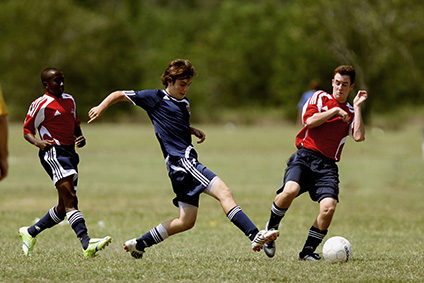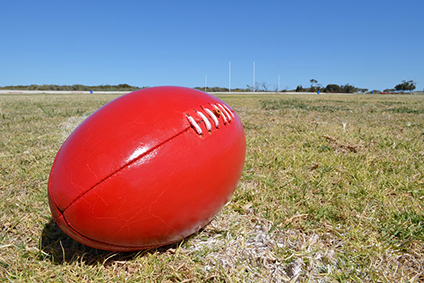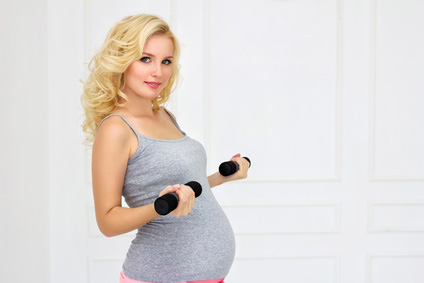We all know the importance of exercise. It has so many health benefits it is difficult to believe that so many of us have such a hard time motivating ourselves to do it. Finding that motivation during pregnancy is just as difficult, even when we know of the benefits for our beautifully forming little humans inside us. As a recap, the benefits of exercise generally still apply throughout pregnancy. But, there are also a gamut of benefits to that are specific to a pregnant mum and to our babies too. Some benefits include:
- Decreased chance of gestational diabetes.
- Higher likelihood of delivering a baby with an optimal birthweight (which helps make their transition into the outside world a much easier one).
- Better mental health and wellbeing.
- Less weight gain during pregnancy, enabling an easier return to pre-baby weight after delivery.
- Enhanced social connection.
- There may improvements in your baby’s brain development, heart function, immune system and athletic potential. (Research still underway)
- Higher chance of a shorter labour with less likelihood of forceps delivery.
- Better sleep.
- Reduction in stress.
- Reduction in constipation and leg swelling.
- Preparation for labour- this requires stamina, focus and determination, all of which can be improved with regular exercise.
It is important to remember that very significant changes are taking place in our bodies during pregnancy. Some of these changes, and how to account for them, are as follows:
- Our body produces relaxin- a hormone that softens ligaments, allowing easier passage of the baby through the pelvis. This may also increase likelihood of joint injuries if you are participating in high intensity exercise, rapid changes in direction or exercises that take your joints to the extreme ranges of motion. Be aware of working your body within a safe range. Avoid high intensity exercise (for more reasons than just this- see below).
- Our center of gravity shifts forwards as the baby grows and the increase in weight puts more strain on our joints. Again, listen to your body and work in safe ranges. If an exercise doesn’t feel right, stop and talk to your Physio or doctor.
- Our heart rate increases. Do not exercise to heart rate targets, but more to a rate of perceived exertion. As a rule of thumb, you should still be able to complete a sentence easily during exercise.
- Our blood pressure drops. This can cause dizziness, especially with quick changes in position. Avoid exercises that change position regularly or quickly and if it is causing you dizziness, adjust exercises or cease them if the dizziness continues.
- Avoid contact sport.
IMPORTANT!!! If you have any complications during your pregnancy, it is important to seek advice from your doctor or obstetrician to ensure you are safe to exercise. Even if you have no complications, it is very helpful to seek guidance from a Physio to ensure you are not putting yourself or your baby at risk.
Unfortunately it is not just a case of knowing the benefits of exercise which motivates us to don our sneakers and get moving. Other side effects of pregnancy, such as morning sickness, fatigue, immune suppression or aches and pains can make it even harder to get outside and into exercise. Add other children into the mix, and it can become even harder. Here are a few pointers to help you get started. Remember to be kind to yourself. If you are absolutely wiped and legitimately need to rest, it is of the utmost importance to listen to your body and do what feels right for you. So long as you are honest with yourself. Otherwise, try some of these pointers:
- Start with just 10 minutes. Whether it be a home Pilates or yoga routine, a gym session, some weights in the living room or a walk outside, start by telling yourself that you only need to do 10 minutes. You will often find that once you start, you get into it and want to do more, but if 10 minutes is all you have in you, or all you have time for, then it is certainly better than nothing.
- Find a buddy. Exercise is so much easier when you have someone else motivating you, or someone else to be accountable to. Try to find someone in the same boat as you, or at the same level of fitness. Chatting during exercise will also help time fly and you’ll be done before you know it.
- If you have other kids, try to find a park within walking distance. I don’t know about your kids, but mine starts to get cabin fever if he hasn’t been outside enough. By 4pm, he can be going crazy and even if it’s the last thing I feel like at the time, walking to the park puts everyone at ease. It gives us family time, fresh air, play time and makes our whole dinner/bath/bed routine a much happier one. Oh, and we all get exercise too 🙂
- Find something you enjoy. You may be into group classes, swimming, walking, yoga, Pilates, strength training, dance or circus performing. You may be into none of these! The important thing is to find something you enjoy. You will be much more likely to be consistent if you are doing something you like, even if it is a bit of an effort to get started.
Lastly, there are some very important guidelines to follow when exercising during pregnancy. The aim of this blog is to let you know the benefits and give you some motivational pointers. For a great outline of exercise during pregnancy along with risks, things to avoid and more detailed guidance, visit the Better Health website here.
At Enhance Physiotherapy we can custom build an exercise program specifically for you. We can guide you on frequency, intensity and duration of exercise, as well as specific weights and repetitions. Don’t underestimate the importance of professional advice, but once you have it, listen to your body, look after yourself and your baby and enjoy your pregnancy!
All the best
Cat



